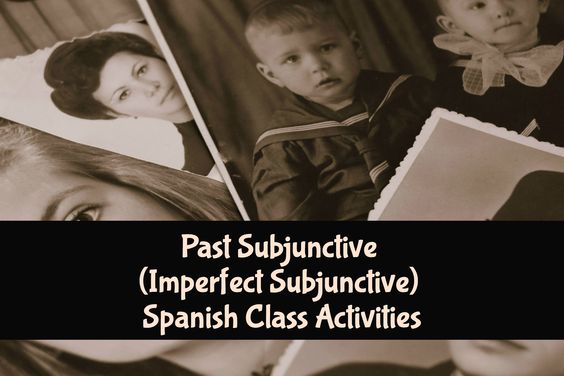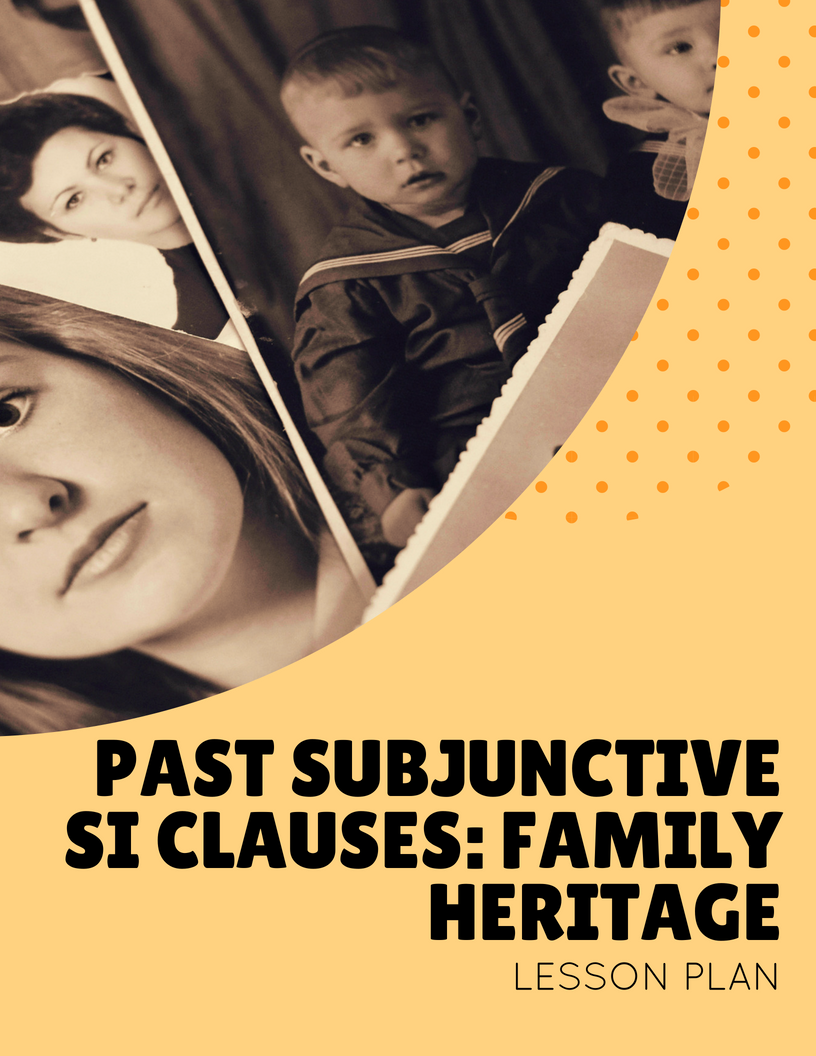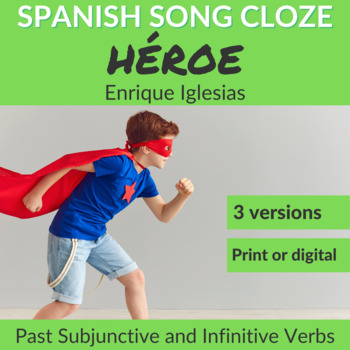
The past subjunctive is used to express hypothetical or non-real actions or events in the past.
Some examples of the past subjunctive in Spanish would be:
- “Si hubiera sabido que ibas a venir, te habría esperado en el aeropuerto”
(If I had known you were coming, I would have waited for you at the airport)
- “Ojalá hubiera estudiado más para el examen”
(I wish I had studied more for the exam).
The past subjunctive is commonly used in expressing doubt, wishes, and hypothetical situations in the past. It is important to note that it is often used in conjunction with the conditional tense to express hypothetical or unreal situations in the past.
To learn this tense, a Spanish student should have a solid understanding of the present subjunctive, as the past subjunctive is formed by taking the third person plural form of the preterite tense and adding the same endings as the present subjunctive. Therefore, a student should also have a strong grasp of regular and irregular preterite verb conjugations. Additionally, knowledge of when to use the past subjunctive versus the present subjunctive is crucial, as they are used in different contexts. Mastery of the past subjunctive is essential for expressing doubt, wishes, and hypothetical situations in the past.
Past Subjunctive Spanish Lesson Plan and Resource Sheet
Next is a lesson plan for advanced students, a practice song, and a resource sheet with additional materials to teach the past subjunctive:
 Past Subjunctive SI Clauses – Family Heritage Lesson Plan for Spanish 3 –
Past Subjunctive SI Clauses – Family Heritage Lesson Plan for Spanish 3 –
Students will be able to identify and understand a variety of expressions related to the topic of family and genetics and ask questions about situations that are a bit improbable or hypothetical using the past subjunctive si clause.
Can-do Statements for this lesson
Presentational Speaking
– I can orally describe the history of the Jewish people in Spain.
– I can express my opinions about topics in newspapers, especially ones related to history.
Presentational Writing
– I can write sentences describing the history of the Jewish people in Spain.
– I can write my opinions about topics in newspapers, especially ones related to history.
Interpersonal Communication
– I can ask questions about situations that are a bit improbable or hypothetical using the past subjunctive si clause.
Interpretive Listening
– I can understand excerpts about history, specifically about the Jewish people in Spain.
Interpretive Reading
– I can read an article about family trees, understanding important information and details.
– I can identify and understand a variety of expressions related to the topic of family and genetics (ex., genealogía, antepasados, etc.)
– I can read newspaper articles pertaining to the history of the Jewish people in Spain and Sepharad.
– I can identify when the past subjunctive is used to express situations that are improbable.
 Spanish Song: Heroe by Enrique Iglesias – Past Subjunctive and Infinitive Verbs –
Spanish Song: Heroe by Enrique Iglesias – Past Subjunctive and Infinitive Verbs –
With this song, your students will practice past subjunctive and infinitive verbs by filling in the blanks digitally in the same document.
This Spanish song cloze activity includes three versions, the video link, and a short artist bio. Choose the version that is most suitable for your student’s level.
